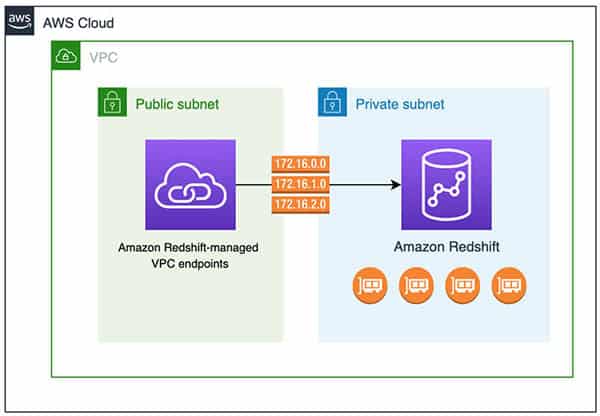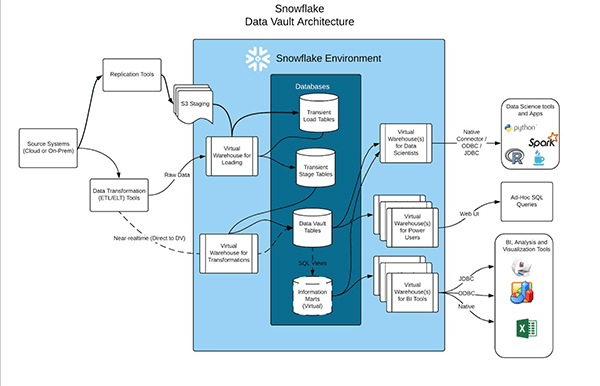A Data Warehouse (DWH) is one of the most important data science tools for any company, as it offers a way to centralize corporate information and from there execute analytics which improve decision making.
Due to flexibility in growth and costs, companies are currently preferring data warehouse solutions in the cloud over local systems. Another important reason is that cloud systems allow secure access through users distributed in different geographic locations safely and without the need to incorporate more technology.

Today We have a wide variety of Data Warehouses available, all of them with unique features, costs, and functionalities. This article allows us to differentiate the four most popular cloud solution providers with the greatest presence in the market, Amazon, Microsoft Azure, Google, and Snowflake. These providers share several similarities, but also some differences that can make a significant difference when selecting a DWH platform.
Exploring Cloud-based Data Warehouses
What is AWS Redshift
Redshift is a cloud Data Warehouse and analytics solution and is part of the Amazon Web Services (AWS) cloud services platform. This service provides a platform where users can store their data and extract metrics that improve business visualization. Learn more about Redshift here.
What is Azure Synapse
Azure is Microsoft’s cloud DHW platform, which allows users to create a modern and very easy-to-use data warehouse. With Azure Synapse you can query data across dedicated users or resources in Serverless mode at scale. This platform provides Microsoft SQL technologies for the creation of DWH, Data Explorer to simplify visualization and complete integration with other Microsoft services such as AzureML, Power BI and CosmosDB. Learn more about Synapse here.
What is Google BigQuery
BigQuery is a Data Warehouse in the cloud and is part of Google Cloud Platform. In this service, users can create reports with the help of the analytical data engine, which also allows executing SQL queries on Petabytes of data and obtaining results in minutes. This DWH is based on Serverless infrastructure, so its scalability and high availability are assured. Learn more about BigQuery here.
What is Snowflake
Snowflake is a DWH with a Solution as a Service (SAAS) model designed specifically for the cloud. Regarding its data architecture, it uses Azure Blob as its internal storage engine and Azure Data Lake to store structured and unstructured data. Snowflake provides data security through AWS S3 security policy controls, Azure tokens, SSO, and Google cloud Storage access permissions. Learn more about Snowflake here.
You might be interested: Real-time Analytics with Database Streaming Services: Unleashing Data Insights
Architecture

Connectivity with applications, it uses JDBC and ODBC.

Connectivity with applications, it uses ADO.NET, ODBC, PHP and JDBC.

Connectivity with applications, it uses ODBC and JDBC.

Connectivity with applications, it uses .NET, JDBC, ODBC and PHP.
Integration




Both Azure Synapse, AWS Redshift, Google BigQuery and Snowflake can be integrated with relational database systems, analytical systems, or big data systems through Change Data Capture technology, allowing these technologies to be integrated in near Real-Time. Continue reading about Syniti Replicate.
Security








So, the choice is in your hands, which Cloud-based Data Warehouse is your preferred?
